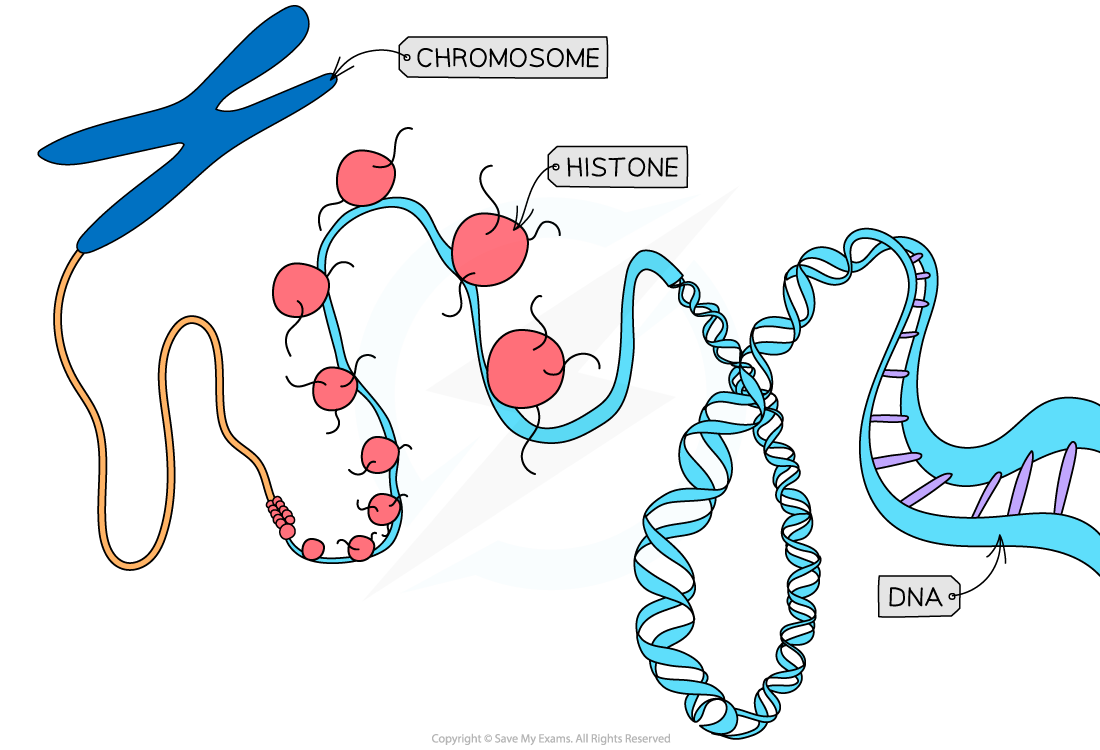Environment & Gene Expression
Environment and Gene Expression
- An organism’s internal or external environment can influence gene expression patterns
- The levels of regulatory proteins or transcription factors can be affected in response to environmental stimuli such as light, and chemicals including drugs and hormones
- For example, enzymes are activated in response to ultraviolet radiation and increase the expression and production of melanin, leading to skin pigmentation
- Temperature can also influence gene expression as demonstrated by organisms
- The Himalayan rabbit (Oryctolagus cuniculus L.) possesses a gene for the development of pigmentation in its fur
- The gene is inactive above 35°C but active between 15°C and 25°C
- In the parts of the body that are cooler such as ears, feet and nose the gene becomes active making these areas black
- Temperature also affects the expression of the sex chromosomes in Australia's bearded dragon lizards (Pogona barbata)
- Lizards raised in hot temperatures were female in appearance and were capable of bearing offspring
- Despite having the ZZ chromosomes usually found in male lizards
- The Himalayan rabbit (Oryctolagus cuniculus L.) possesses a gene for the development of pigmentation in its fur
- There is much debate about whether a particular phenotype or behaviour can be attributed to inheritance or environment
- Environmental factors explain the differences observed between identical twins as they age
- Identical twins have the same DNA but their individual genomes can come under different outside influences
- They can change independently, leading to phenotypic differences such as height
- Twin studies have shown that environmental factors have a greater influence on many disease states (e.g. cancer and rheumatoid arthritis) compared to genetic influence

DNA is wrapped around histone proteins which form a nucleosome. Nucleosomes coil tightly around each other to form the chromosome structure.
Epigenetics
NOS: Looking for patterns, trends and discrepancies; there is mounting evidence that the environment can trigger heritable changes in epigenetic factors
- Epigenetics is the genetic control by factors other than an individual’s DNA sequence
- Epigenetics is a broad term that encompasses (m)any alterations
- That induce switching-on and switching-off of genes, but
- Without changing the actual genetic code
- Epigenetics involves heritable changes in gene function, without changes to the DNA sequence
- In eukaryotic cells, nuclear DNA is wrapped around proteins called histones to form chromatin
- Chromatin can be chemically modified in different ways to alter gene expression
- Methylation of DNA (chemical addition of a -CH3 group)
- Histone modification via acetylation, methylation and phosphorylation of amino acid tails
- Such modifications are called epigenetic tags and collectively, all the epigenetic tags in an organism is called the epigenome
- The epigenome can undergo changes due to environmental factors
- Smoking, stress, exercise and diet can cause epigenetic changes
- Internal signalling from the body's own cells can also cause modifications to occur
- Epigenetic modification is independent, histone modification in one area is not linked to modification in another
- Like the genome, the epigenome is heritable
- Mounting evidence demonstrates that modifications to the epigenome in one generation can be passed on to the next generation at cellular or whole organism level
Exam Tip
Epigenetics can be distinguished from mutations, both of which lead to changes in the expressed characteristics of genes. Whilst mutations affect the genetic code itself eg. by altered nucleotide sequences, epigenetics affect the way the code is read.
Think about an identical passage of text being read by two different people, one with perfect Queen's English and the other with a very strong regional dialect. Despite the text being the same (no mutations), the effect of the dialect (epigenetics) might alter the meaning of the piece drastically to a listener.
Think about an identical passage of text being read by two different people, one with perfect Queen's English and the other with a very strong regional dialect. Despite the text being the same (no mutations), the effect of the dialect (epigenetics) might alter the meaning of the piece drastically to a listener.
